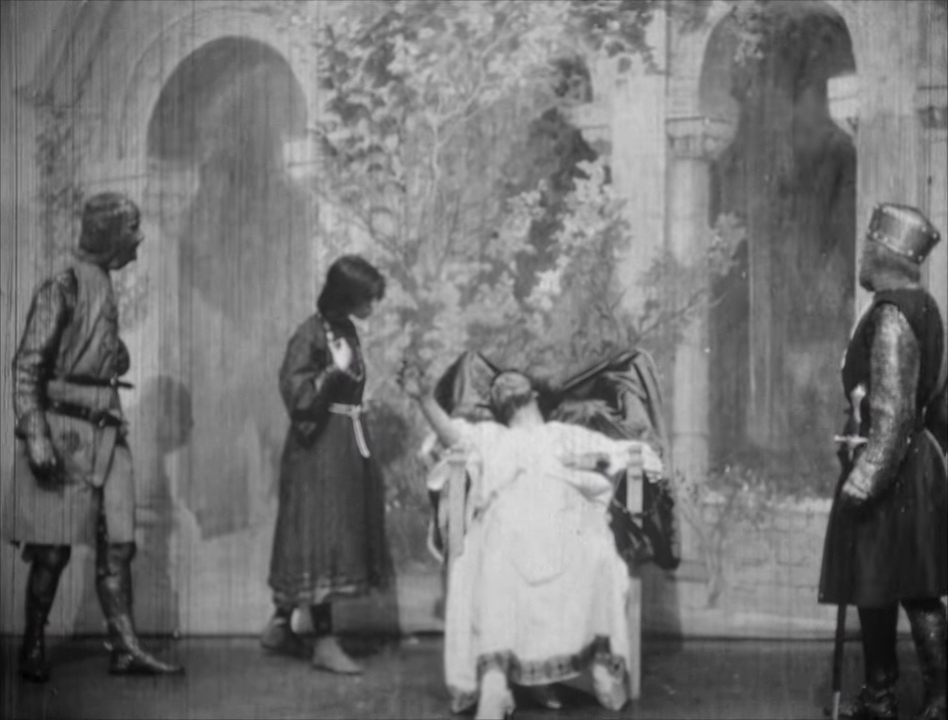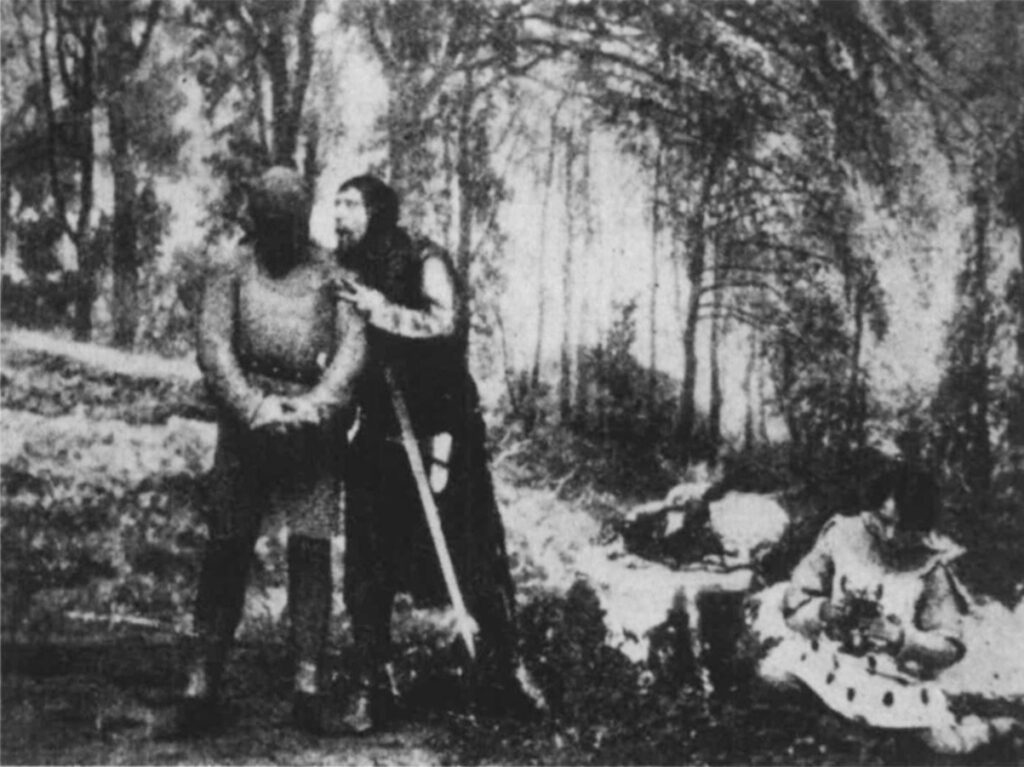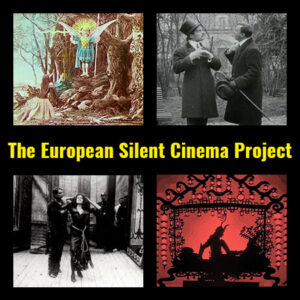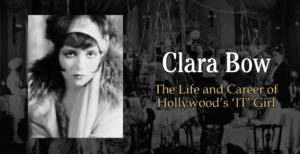
To deepen my knowledge of the silent era on the European continent, I created the European Silent Cinema Project. I review two European silent films each year starting in 1895 and ending in 1930. Visit the project’s main page for a comprehensive list of films and reviews.
Film #1: Assorted Boer War Actualities
Directors: Edgar Hyman & John Benett-Stanford
Country: United Kingdom
Film #2: King John
Directors: W.K.L. Dickson & Walter Dando
Country: United Kingdom
As the 19th century came to a close, cameramen traveled to almost every corner of the world, capturing just about anything imaginable. As more and more historic firsts were being accomplished and becoming old hat in the matter of a few years, filmmakers increasingly relied on capturing current events as they unfolded. Getting the first or the best footage of prestigious events became a surefire way to sell your films at top dollar to traveling showmen and vaudeville circuits.
A major focus for filmmakers at the time was capturing war onscreen. In 1898, the Americans used yellow paper journalism and early cameras to sell propaganda and war events of the romanticized Spanish-American War. In 1899, the British similarly used war to excite the public and draw interest to motion pictures as the Boer War (1899-1902) engulfed the empire’s interest.
As we saw with Melies’ 1897 film The Last Cartridges, war had been reenacted in studios previously; however, capturing realistic and captivating footage of real-life combat provided much more difficult than recreating a well-known battle from decades prior.
Heavy camera equipment limited camera operators’ mobility on the battlefield and the high cost of film prevented cameramen from continuously capturing any action they spotted. Beyond the technical difficulties presented at the time, 19th-century romantic visions of war and honor did not easily find a home in the gritty realist depictions of war captured on film.
Boer War Actualities
The films captured in late 1899 by the Warwick Trading Company, helmed by the pioneering British film producer Charles Urban, exemplify the issues and solutions carried out by filmmakers when covering the war. Many war-related films of the period did not capture fighting on the battlefield but opted for showing off impressive displays of their own country’s military.
For instance, Lancers Crossing the Modder River shows a static shot of General Lord Meuthen’s column marching in front of the camera. Shot around December 8, 1899, between two battles with heavy British losses, Lancers projects British strength that rouses its British audience to patriotism while leaving out the unsavory context around the circumstances of their march.
Filming soldiers marching neatly in columns or departing aboard a ship surrounded by cheering crowds This approach even provided the opportunity for popular well-known national figures such as in Review of the Life Guards by Her Majesty the Queen.
Soldiers prepare entrenchments prior to a battle.
An anomaly amidst this batch of actualities, The Fifth Northumberland Fusiliers Digging Entrenchment at Orange River, South Africa actually features soldiers at the front. Likely the first footage shot at the frontlines of the Boer War, Digging Entrenchment‘s snapshot of soldiers digging a trench for later warfare feels much more realistic and presentative of everyday soldiering than the previously shot parades. Instead of feeling in awe of the size and strength of the nation’s army, this film provided 19th-century audiences with a sneak peek of the unglamorous, everyday life of a soldier.
Although Digging Entrenchment brought audiences closer to realistic warfare than previously before, there would still be a lot of work for filmmakers to capture real-life combat in action. Even after the turn of the century when film became cheaper and reliable camera equipment more flexible and reliable, filmmakers would still have to face government censorship and patriotic fervor in depicting the horrors of war. For 1899, however, getting to the front to capture both realistic and propagandist footage proved a fruitful endeavor for early filmmakers and a news-hungry homefront audience.
King John
While European filmmakers abroad sought to document the old-age costume of colonial warfare, British filmmakers were seeking to adapt to the screen another centuries-old national tradition: William Shakespeare. W.K. Dickson, best known for working alongside Edison in the 1890s, and fellow Brit Walter Dando shot four minute-long snippets from the play King John. At the time, Dando was the director of London’s prestigious Palace Theater and the film starred Herbert Beerbohlm Tree known for his legendary stage performances of Shakespeare plays.
All that survives of the 1899 film is the third shot of King John going mad shortly before his death. It’s definitely the more action-packed scenes of the four for the histrionic Tree, getting to clasp his heart and flail his arms about dramatically. The scenes are shot to framed to capture all the actors’ bodies’ with a decent space above their heads to show off the detailed painted theatrical backdrops. There is no care to change the scene to better adapt to the film. The camera simply captures the same performance Tree would perform for a theater full of people later that day albeit at a much closer distance than any seats in the theater.
Surviving film stills from the three lost scenes in 1899’s King John: (Left) Temptation Scene; Act 1 (Center) Lamentation Scene: Act 3 (Right) Death Scene Act 5.
Other than being the first filmed Shakespeare, King John remains a fascinating early film precisely for its use of four separate scenes wrapped into one film. In all likelihood, the four scenes exhibited together made King John a four or five-minute film showing the greatest highlights of the play. It’s unclear how these four snippets were presented to the audience. Did a narrator or a program explain which scenes corresponded to which acts and scenes in the original play? Were audiences expected to know the source material well enough to understand the significance of each of the four scene’s actions?
Unfortunately, we may never know the particulars of King John‘s exhibition; nevertheless, alongside other multi-shot films near the end of the 19th century, such as 1898’s Come Along, Do or George Melies’ nearly one-reel-long 1899 adaptation of Cinderella, King John shows that both filmmakers and audiences grasped the concept of basic editing by the turn of the century.
The following decade would spur drastic developments on this front but King John shows the ambitions of early European filmmakers to present stories and snapshots that could only be made possible in the new medium of motion pictures.
Previous—1898: The Brighton School








